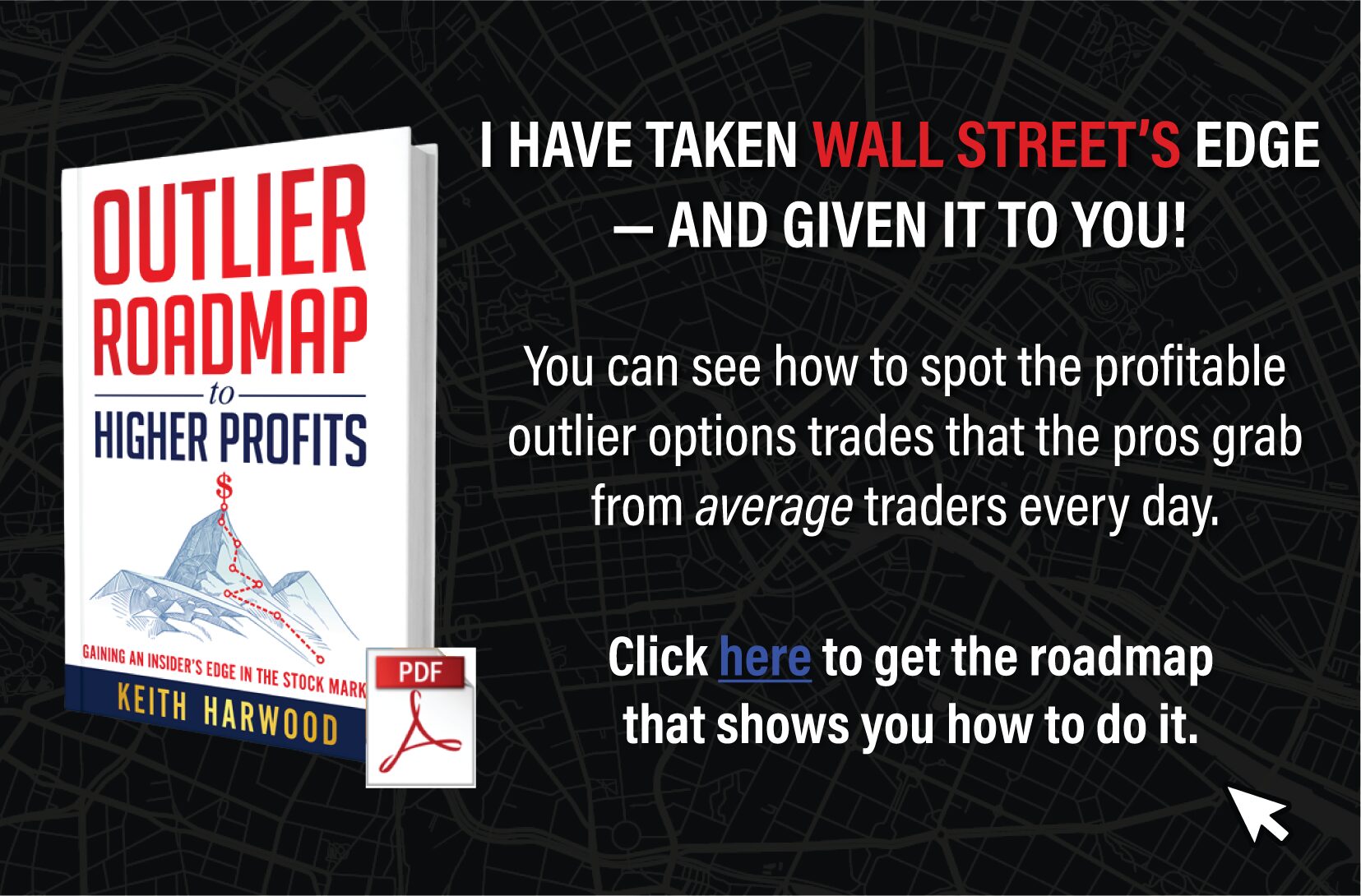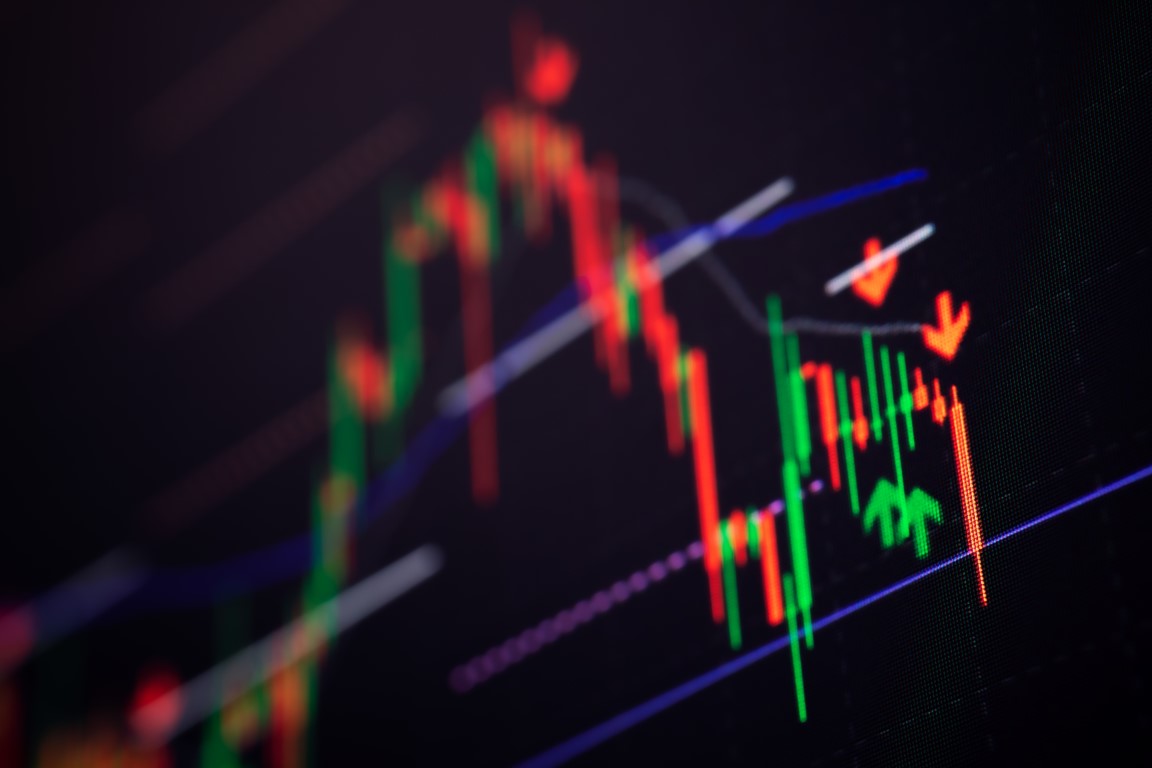From Keith Harwood, OptionHotline.com
The market is showing incredible resilience. There are many factors that make this market intriguing to buy and many sectors that look intriguing to buy, but where is the best risk/reward that sets me up with the best potential profit? Which technical indicator is dominating the market right now for determining entries and the risk of the market?
For me, the key technical factor is the Simply Moving Average. Remember, the Simple Moving Average is the average closing price over a specific time period. For example, the 100-Day Moving Average is the average closing price over the last 100 trading days (roughly 5 months). And traders use these as key levels to indicate whether investors over that time period are profitable. If the price is above the 100-Day Moving Average, that indicates that the average buyer over the last 5 months is likely profitable, and thus it gives a bullish tone to the market.
As a reminder, the Simple Moving Average doesn’t take into account volume nor the day’s range, so it’s not as precise as it could be, but it’s a good indicator that many traders use to give a view of where the market is in terms of profitability over a time period.
While I’ve been scanning the markets looking for opportunities, it’s become clear that the 100-Day Moving Average is crucial. Tech and Small Caps have now rallied through the 100-Day Moving Average, as you can see in the following charts of QQQ and IWM:

(Want to see how Keith builds these charts? click here)


This is a great spot to define my risk. I can stop out of a long position if these ETFs close below the 100-Day Moving Average, as that Simple Moving Average is setting up as the new support. But, to define a strong risk/reward profile, I also need to see where that potential return is for my trade. In this case, I’m looking at another Simple Moving Average as my target: the 200-Day Moving Average. That level should provide some significant resistance. Looking at some other sectors for that potential rally to the 200-Day, I’m finding lower return potential than in broad tech (the QQQ ETF). For example, let’s look at SMH and IBB:

From current prices, I see potential upside in QQQ of 9.6%, IWM of 7.6%, SMH of 9.9%, and IBB of 8.0%. Either SMH or QQQ seem like the potential winners here as the downside risk is about the same for all 4 of these ETFs. However, implied volatility is significantly lower in QQQ, which means that the options leverage is cheaper than in SMH and allows for a bigger reward if the move occurs. Given this, and the potential to leverage that move with options, I’ll look at buying calls in broad technology to set up a high reward/low risk trade.
If you’d like to learn more, please go to http://optionhotline.com to review how I traditionally apply technical signals and probability analysis to my options trades. As always, if you have any questions, never hesitate to reach out.
Keith Harwood
Keith@optionhotline.com










Recent Comments